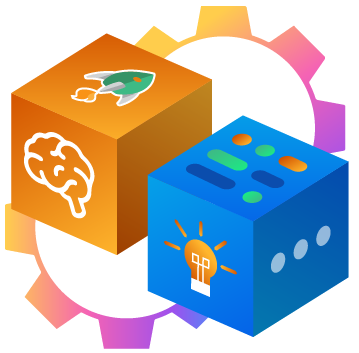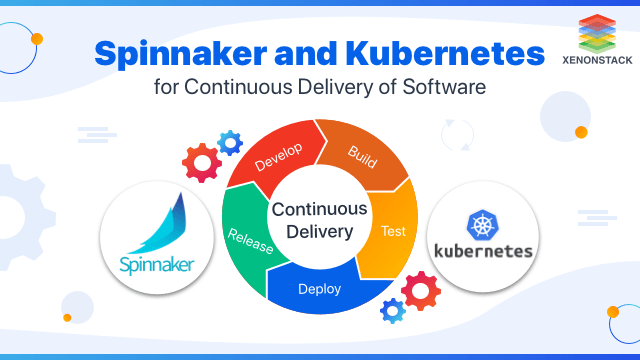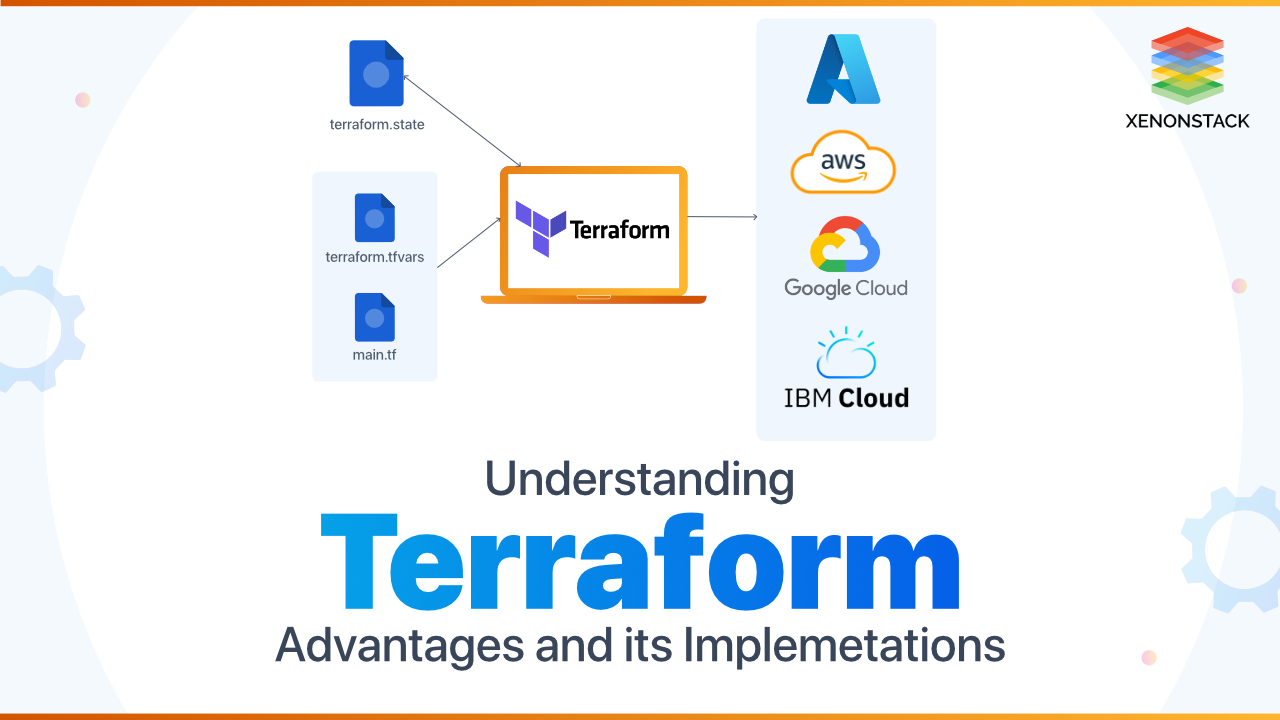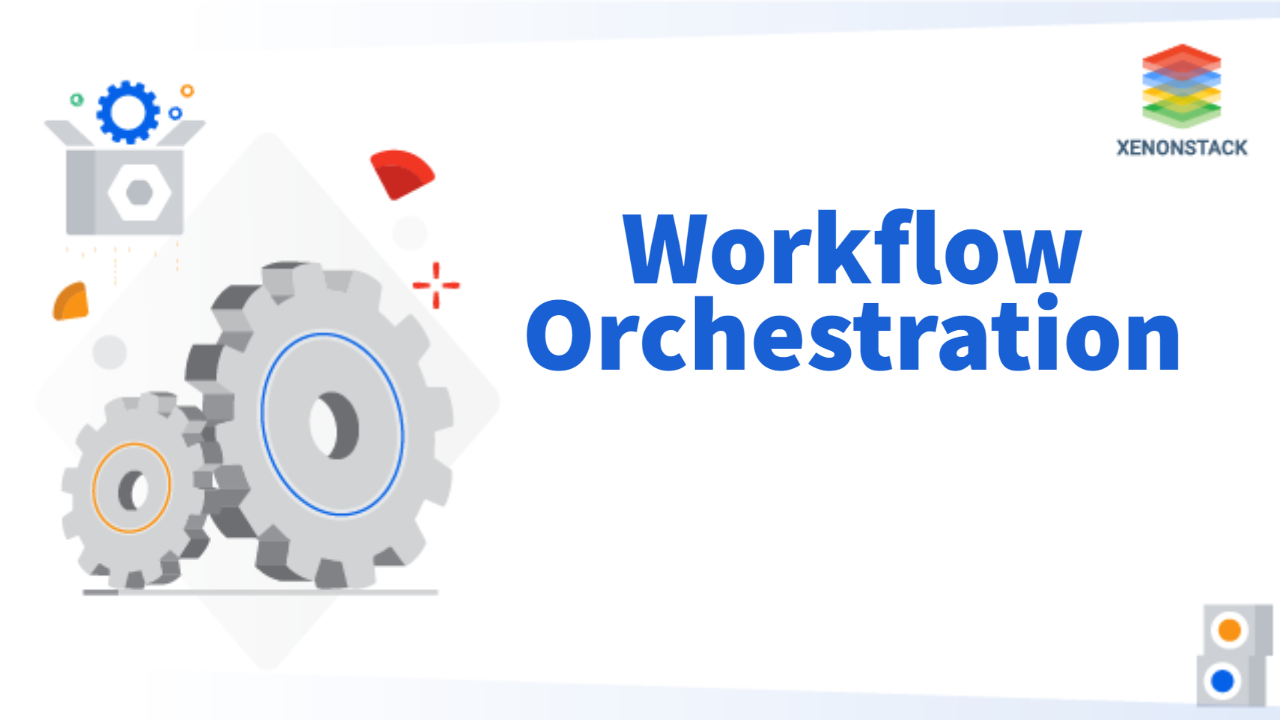
Cloud Migration: An Introduction to Modernizing Applications
"Refactor vs Lift and Shift vs Containers" has been the industry's hot topic when discussing Cloud Migration Strategy for enterprises. What is the best approach for migrating applications to the cloud? Let’s break down these strategies one by one and determine which method suits different business needs.
Migration to Cloud is the process of migrating data, applications, or other business elements to the cloud environment. This involves transferring the data from the local data center to public cloud storage. Migration can also be from one cloud platform to another. Reverse Cloud Migration is a process where cloud repartition is done. Here, the data is moved from the cloud storage to a local data center.
Key Benefits of Cloud Migration for Businesses
There are various reasons why an organization would choose to migrate its data or application to the cloud platform. Some of them are mentioned below:
-
Optimized application hosting with the most suitable cloud environment.
-
Self-service capabilities for greater control and flexibility.
-
Elasticity to scale resources up or down as needed.
-
Redundancy for high availability and disaster recovery.
-
Pay-per-use models that reduce infrastructure costs.
Here, the type of cloud platform's choice may vary based on performance, cost, and security. Need some examples of Cloud Migrating Processes now, right? Scroll ahead to know the details.
Understanding the Lift and Shift Cloud Migration Process
Lift-and-shift, aka Rehosting method of Migration, is a process where a direct port is enabled from the application with very little code modification. For most organizations, the idea of new development based on cloud-native capabilities sounds great, But the problem arises for the larger legacy level migration cases. Rehosting becomes the main choice for an organization wanting to be scaled in terms of migration as fast as possible to meet with a business case.
Several tools are available such as AWS VM Import/Export, Raceml, etc., which allow the Rehosting to be automated. Many organizations prefer to undergo Rehosting manually to gain the experience of applying their legacy systems to the new cloud platforms. If the applications are already running on the cloud, then it is much easier to optimize them. The main part of the process being Migrating the application, data, and service finishes quickly, and now the organization has developed the skills to re-architect the application by now.
What Is Refactoring in Cloud Migration?
Another approach to the process of Migration of applications to cloud infrastructure is the Refactoring. Here, the architecture of the application is re-imagined to meet the needs of the business case. We take a different perspective on the application's architecture and development basis, mainly using the cloud-native features. This 'Refactor vs Lift and Shift' debate won't end that easily.
If there is an urgent need to add features, performance increase, or scalability, we try its application knowing that these are difficult to achieve in the existing application’s environment. This is actually a costly pattern and requires a good product-market fit to be beneficial.
A more advanced process of rearchitecting and often recoding some portion of an existing application to take advantage of cloud-native frameworks and functionality. Source: "The Best Cloud Migration Path", Forbes
To simply put it, Refactoring is the method of customizing any application to run on a cloud infrastructure platform.
-
A Partial is where we only modify specific portions of the application to gain the advantages of the cloud platform.
-
A Complete changes almost all parts of the application. Time to differentiate them all now!
Refactor vs. Lift and Shift: Key Differences Explained
Have a look at the table below, depicting the Pros and Cons of the discussed cloud migration processes above.
|
Lift and Shift
|
Partial Refactor
|
Complete Refactor
|
|
|
Pros
|
Faster migration and deployment speed
|
Faster migration than the Complete Refactor method.
|
Higher performance
|
|
Very Less work needed to move the application to cloud Infrastructure
|
Takes advantage of some of the features of the cloud
|
High level of optimization
|
|
|
Cons
|
Does not use the native cloud platform features to its best
|
Some parts only are changed in the architecture of the application.
|
Way slower time of deployment and migration
|
|
Much more expensive to be operated on the cloud
|
Costly while being used on a cloud platform
|
Quite more expensive than the previous methods
|
Are Containers the Best Choice for Cloud Migration?
There are various options for the Migration process that any organization can opt for. Still, we also have it for the migration of existing or new cloud applications and development. This is not a new topic as it have been used for years to attain abstraction, compartmentalizing systems. They have been used to move applications and data between platforms and also cloud-to-cloud. Any thoughts on the 'Refactor vs Lift and Shift vs Containers' debate?
Some of the most known once are CoreOS, its cluster managers, and Docker. To recap, the Linux kernel is without needing to start a virtual machine providing resource isolation. Similarly, Docker has a common format, Linux Containers (LXC) provides a high-level API for a lightweight virtualized solution running process in isolation.
-
Reduced Complexity by using its abstractions.
-
Maximize the value of it by increasing portability and interim automation being leveraged.
-
Better Security and governance
-
Better distributed computing capability, as divisions of applications, reside within it.
It delivers a standard, useful technology and offers both service orientation and managed distribution. A vital feature of containers is portability, which most other methods lack and proves to be an important point in the long run.

Refactor, Lift and Shift, or Containers: Which is Best?
Yes, there are numerous ways to Build systems and perform Migration. But what we must look towards the vast list of options is an all-around choice that covers the most vital aspects in the base level ideology. These are one of the preferable options for most organizations. Although they provide portability, they also have security bounds that may intrude risks and may prove to be not a great option for many business cases. If this can be taken care of, these are a great choice for almost any migration process. But this may not be the case for all scenarios, and we must look to understand our respective needs and make a choice accordingly.
Next Steps in Adopting Cloud Migration Strategy
Talk to our experts about selecting the right cloud migration strategy. Learn how industries leverage refactoring, lift-and-shift, and containerization to modernize applications for scalability and efficiency. We optimize cloud deployments with automation, cost optimization, and seamless workload transitions, ensuring improved performance and resilience.


